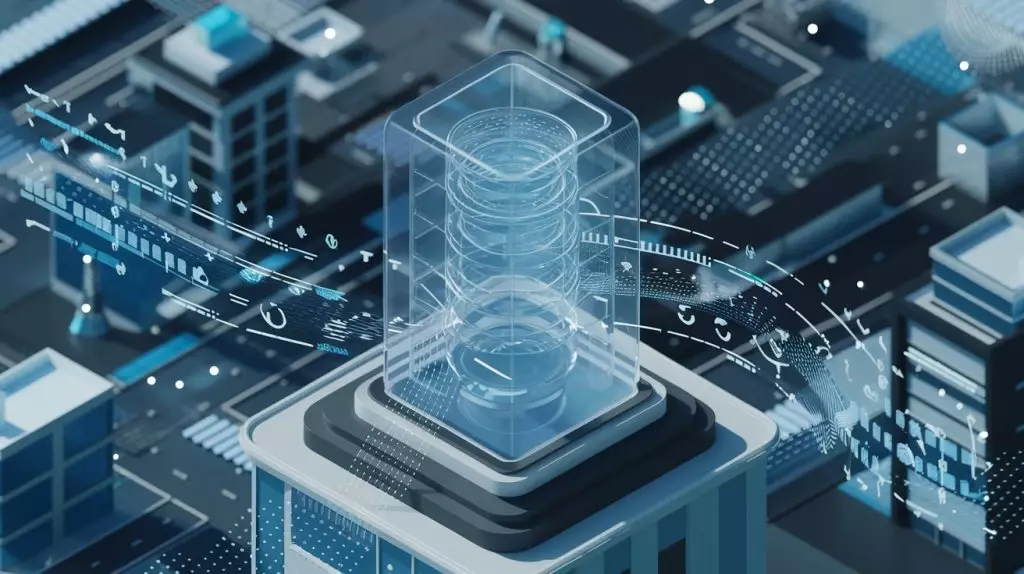In the rapidly evolving landscape of artificial intelligence (AI), the transformer architecture has emerged as a revolutionary framework, drastically enhancing the capabilities of machine learning models. Today, the vast majority of advanced AI applications—ranging from conversational helpers like GPT-4 and Gemini to intricate image processing systems—rely fundamentally on transformer design. As interest in AI surges and the technology matures, it’s crucial to examine the core principles of transformers that have established them as indispensable tools in developing scalable AI solutions.
Transformers primarily serve to process and model sequences of data, making them well-suited for an array of applications, including but not limited to language translation, text summarization, automatic speech recognition, and even image generation. This architecture gained prominence following its introduction in a seminal paper titled “Attention Is All You Need” by researchers at Google in 2017. The architecture comprised two main components: the encoder and the decoder. The encoder processes input data and generates a contextual representation, while the decoder interprets this representation to produce relevant outputs.
The design philosophy behind transformers allows for efficient training and inference operations. Central to this efficiency is the attention mechanism, which enables the model to prioritize and weigh different input elements based on their importance relative to one another. This adaptability and scalability are groundbreaking. Unlike traditional recurrent neural networks (RNNs) and long short-term memory networks (LSTMs), which often struggled with long-range dependencies in data, transformers can effortlessly capture and utilize extensive contextual information from input sequences.
The initial release of transformer models set off a technological chain reaction, prompting subsequent developments that significantly increased model capacities, parameters, and overall performance. Google’s BERT, one of the first BERT-derived large language models, is a perfect illustration of this trajectory, despite being relatively minimal by today’s standards. The trend of constructing progressively larger models—propelled primarily by the development of improved GPU hardware and novel software solutions—has always been a double-edged sword, offering both enhanced capabilities and considerable computational demands.
Current innovations have further optimized model training and implementation. Techniques such as quantization and mixture of experts (MoE) have emerged to minimize the memory footprint of these colossal models. More efficient attention computation methods, like FlashAttention, have also made it feasible to train expansive models at unprecedented speeds. The trend of striving for larger and more capable models is likely to continue, propelled by the ongoing commitment to refine AI technologies.
When deployed, transformer models can embody distinct functionalities based on their structure. In tasks such as machine translation, encoder-decoder models reign supreme, melding capabilities to process and generate relevant data contents. The encoder interprets input sequences, constructing a rich vector representation, and the decoder utilizes that representation to articulate new sentences. Conversely, models like the GPT series operate solely as decoders, generating coherent and contextually relevant outputs based on provided inputs.
This architecture’s uniqueness lies in its attention mechanism, subdivided into self-attention and cross-attention components. Self-attention captures relationships between words within a single sequence, while cross-attention enables relationships between distinct sequences—essential for tasks like translation, where context and meaning must be preserved across languages.
As researchers refine transformer capabilities, the advent of multimodal AI models—such as OpenAI’s GPT-4—signals a significant shift in the AI field’s trajectory. These models can process and integrate multiple data modalities, including text, audio, and image inputs, thereby providing a cohesive interaction paradigm that allows for diverse applications. For instance, multimodal systems can support video captioning, voice synthesis, and sophisticated image analysis, with profound implications for accessibility—offering tremendous aid to individuals with disabilities by enabling intuitive and adaptive interactions.
The excitement surrounding these advancements is palpable, marking a critical juncture in the AI evolution. As these multimodal models evolve, they not only democratize access to technology but also inspire novel applications that extend beyond traditional use cases, ensuring that the future of AI will be increasingly inclusive and creatively innovative.
Transformers stand at the forefront of today’s AI landscape, having shaped an entire generation of innovative technologies. Their neural architecture not only addresses previous shortcomings in data processing but also paves the way for future developments within artificial intelligence. As we venture deeper into this technological era, the attention mechanism, multimodal applications, and ongoing research signify that transformers will continue to redefine our understanding of intelligence in machines, leading to ever-more sophisticated methodologies and tools. Without a doubt, the potential of transformer architecture is vast, and we are only beginning to scratch the surface of what can be achieved.


Leave a Reply